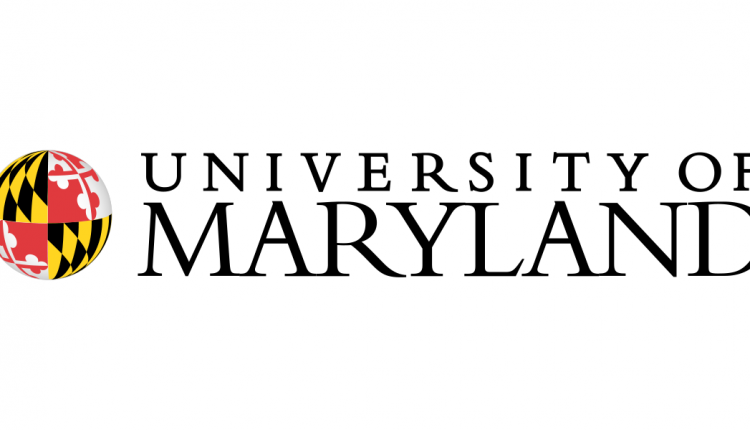University of Maryland: A VR View of ‘Black Broadway’
Even though she grew up with U Street practically in her backyard, Montgomery County native Maxine Hsu ’25 never knew just how many cultural gems lined the D.C. corridor: the stages of jazz and big band legends, longstanding family-owned shops and restaurants, and homes and haunts of Black trailblazers. Now, the computer science major and a team of Terps are helping others step out on “Black Broadway”—whether they live a few miles away or a few thousand.
During a three-week micro-internship this winter with local extended reality marketing company Capitol Interactive, Hsu and fellow students Saniya Nazeer ’25 and Kia Williams ’24 used a 360-degree camera to create an interactive tour of historic U Street, providing VR views to immerse users in locations that played a key role in Black Washington, ranging from restaurants to theaters to banks. The project will become part of Black Broadway on U, a multiplatform initiative created by alum Shellée Haynesworth ’84 to amplify the stories of the community.
“It’s just interesting to me that there’s so much history in a place that’s so local, that’s so nearby,” Hsu said. “I would just love to be a part of the movement to preserve that history in D.C. because U Street is actually being gentrified, and so a lot of history is being lost.”
The collaboration was among Break Through Tech DC at UMD’s first Sprinternships—quick, jam-packed programs that offer students who identify as women or nonbinary and other underrepresented students real-world experience through a “tangible project that can be implemented,” said Kate Atchison, UMD’s site lead at Break Through Tech DC, which strives to make the technology industry more inclusive. The Terp trio working at Capitol Interactive, one of 15 host organizations, landed on the virtual tour idea, thanks to founder Joseph Cathey’s connection with Haynesworth.
The broadcast journalism alum launched the Black Broadway on U website in 2014 after driving around 14th and U streets with her grandmother, who had lived and worked there as a barber. She couldn’t believe how much the area—which endured widespread damage from 1968 riots and has been held up in recent decades as a prime example of D.C.’s gentrification—had changed.
That led Haynesworth on a historical deep dive, where she discovered rich stories that went beyond music and entertainment by Cab Calloway and Billie Holliday to include details of civil rights activists like suffragette Mary Church Terrell, Black researchers and pioneers in science such as blood bank pioneer Dr. Charles Drew, and buildings designed by Black architects and financed by the Black community.
“The history was so fragmented that we needed a platform or a destination where people could go to learn. The goal was to tell the story at the intersection of technology so it could have a digital destination and reach a wider audience,” she said. “I felt that it’s important to expand the narrative of the African American experience.”
The Sprinternship project fit perfectly with that mission. The three students met virtually with Haynesworth, then used the Black Broadway on U website as a guide for initial research. In the winter term’s final week, after Haynesworth had helped them contact and coordinate meetings at various U Street locations, Hsu photographed those places with a 360-degree camera while Williams and Haynesworth wrote the tour’s narrative and worked with Nazeer to compile everything. Haynesworth also secured a narrator and provided music and archival photos to round out the tour.
The team was able to capture around a dozen locations, including Ben’s Chili Bowl, a culinary community staple since 1958; Industrial Bank, one of the largest Black-owned and -operated commercial banks in the United States; and the Whitelaw Hotel, an important lodging and social center for African Americans during segregation.
The group is planning to share the virtual experience with the public in the coming weeks on the Black Broadway on U website.
“It’s just amazing what you can do with technology. It makes me more excited to delve deeper into computer science,” Hsu said. “There are some technological innovations that haven’t even happened yet. Maybe I can help with that, and maybe I can help with other projects that can preserve history in this way.”

